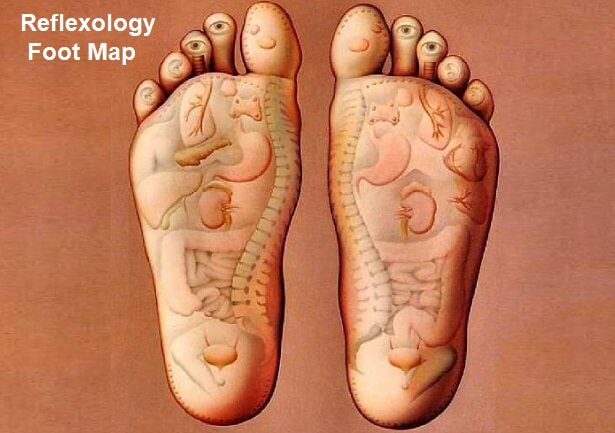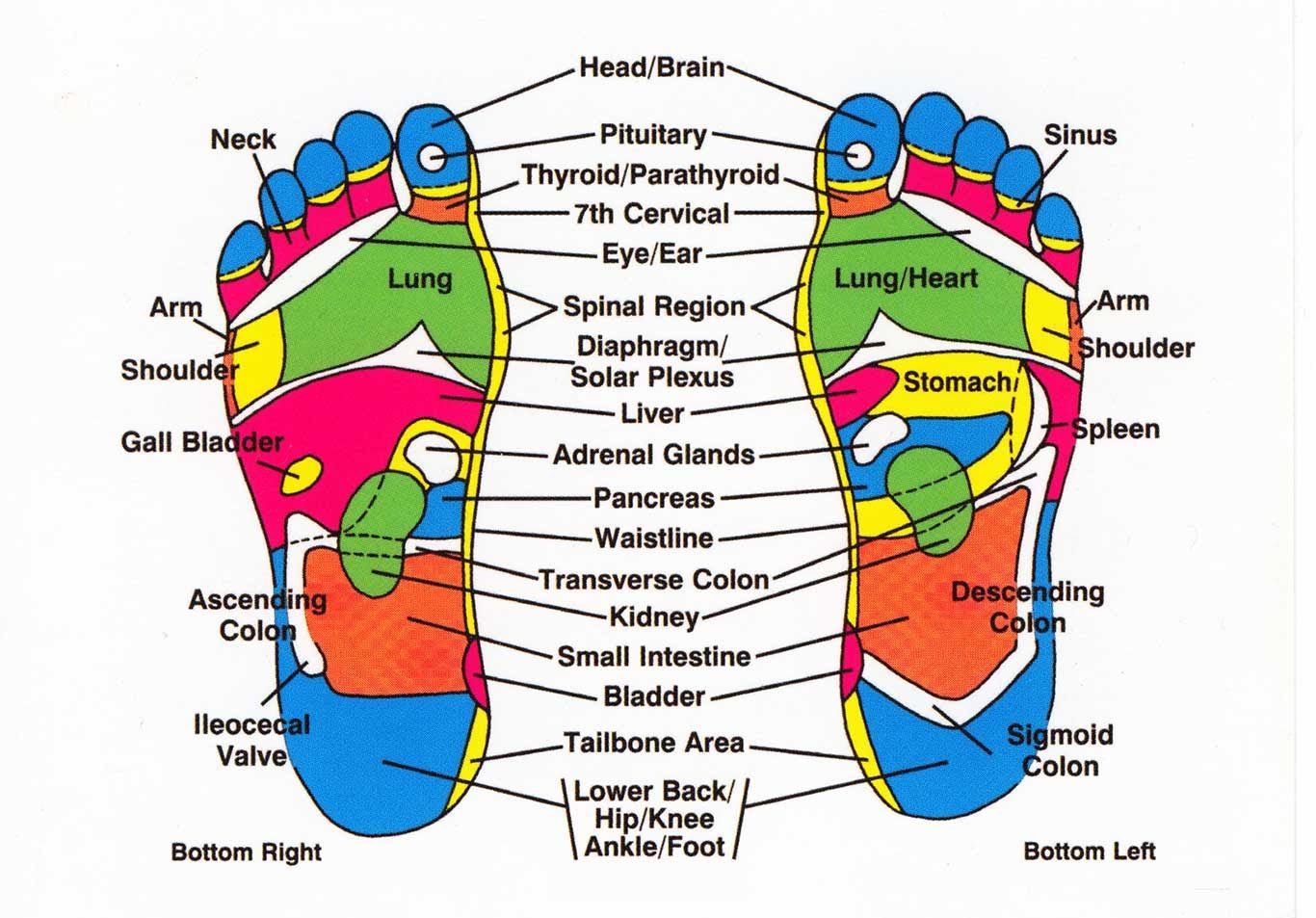What Is Foot Reflexology?
Foot reflexology is a form of alternative medicine that involves applying pressure to
specific points on the feet (or hands). The idea is that these spots correspond to
different organs and body parts, and pressing them can improve your overall health.
Some researchers have been trying to determine whether this is really true, but
results are mixed massage Putrajaya. Some studies show that it may help relieve pain and other
symptoms, while others suggest it is a placebo effect or not effective at all.
Nevertheless, many people swear by it. And it seems safe, so it’s worth a try.

The main theory behind foot reflexology is that different areas of the foot are
connected to specific organs and body parts through energy channels. When you
press a spot on the foot premium massage Spa, you are supposed to free up this channel and promote
health into the corresponding body part. This is a concept similar to acupuncture,
but without the needles.
During a session, the reflexologist will ask you about your health, lifestyle and eating
habits to decide which areas of the foot to focus on. Then, you’ll lie on a massage
table or sit in a reclining chair. The practitioner will apply lotion to the bottom of your
feet and then begin working the reflex points. They’ll use light pressure, so it won’t
hurt much. They might also apply heat or use a brush to soothe your feet.
After about 25 minutes, the reflexologist will move to the other foot and repeat the
process. Afterward, the therapist will discuss their findings and answer any
questions you may have. You’ll usually leave the appointment feeling relaxed and
calm.

A good foot reflexology session can relieve general aches and pains, such as back,
neck or head pain. It can also reduce stress and anxiety and improve sleep. It might
even help with chronic diseases, such as diabetes and heart disease.
You can try foot reflexology at home, too. Just find a foot reflexology chart and look
for the major reflex areas marked. Then, use your thumb to apply steady pressure to
each area for 10 seconds or so. It’s important to treat all of the major reflex areas, as
each one is correlated to a different organ or body part. If you find a point that feels
sore, it’s a sign that the corresponding organ or body part is out of balance.
Before you try foot reflexology, talk to your doctor. People with low blood pressure
or high blood pressure should avoid it, as well as those with open sores or who have
gout or circulatory problems. Pregnant women should also consult their doctors
before beginning foot reflexology, as it could stimulate labor. Other than these risks,
foot reflexology is considered safe for most people. Just make sure you wash your
hands afterward to prevent infection. And don’t do it if you have a skin condition like
warts or athlete’s foot.
